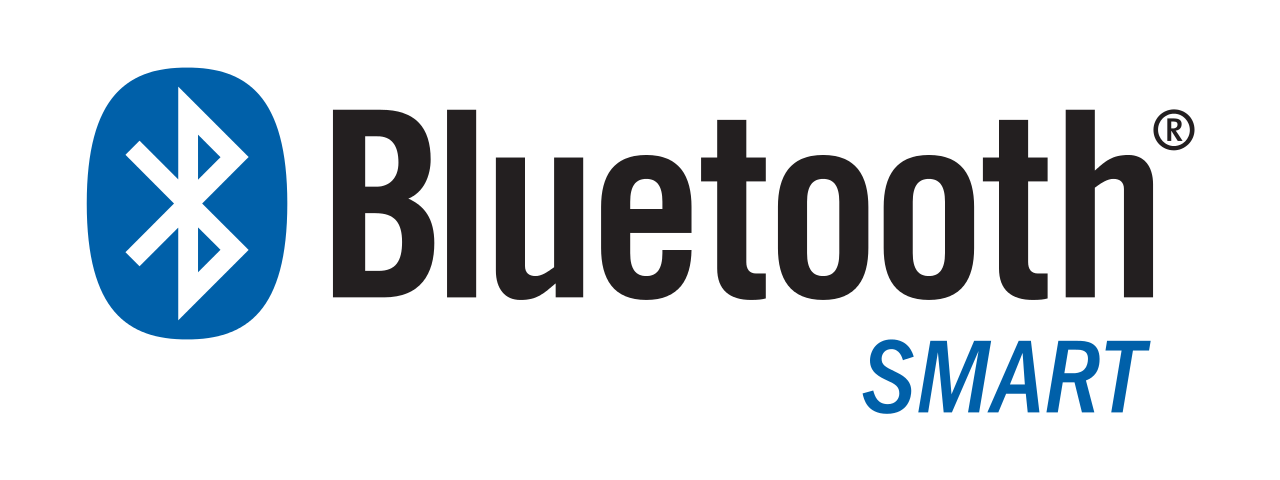Bluetooth Guideline for Starters
Overview
Bluetooth is a wireless technology standard for exchanging data over short distances from fixed and mobile devices, and building personal area networks (PANs).
BLE stands for Bluetooth Low Energy.
Through the following sections, you will get to know BLE.
- Introduction
- Protocol Basics
- GAP (Advertising and Connections)
- GATT (Services and Characteristics)
Introduction
BLE aims to have
- Low cost
- Low bandwidth
- Low power
- Low complexity
Two types of Bluetooth
- BR/EDR (Classic Bluetooth)
- BLE (Bluetooth Low Energy)
Two modes of Bluetooth
- Single-mode (BLE, Bluetooth Smart) device
- Dual-mode (BR/EDR/LE, Bluetooth Smart Ready) device
Three main building blocks
Application
The user application interfacing with the Bluetooth protocol stack to cover a particular use case.
Host
The upper layers of the Bluetooth protocol stack.
Controller
The lower layers of the Bluetooth protocol stack, including radio.
There most common configurations
- SoC (system on chip)
- Dual IC (Integrated Circuit) over HCI (Host Controller Interface)
- Dual IC with connectivity device
Key limitations
- Data throughput: 15960 bytes/s or ~0.125Mbit/s (~125bit/s)
- Operating Range: reliably 30 meters or more line-of-sight
Network topology
Broadcasting and Observing
Broadcaster and Observer
Connections
Central (master) and Peripheral (slave)
Protocols versus Profiles
Protocols
building blocks used by all devices conformant to the Bluetooth specification, protocols are the layers that implement the different packet formats, routing, multiplexing, encoding, and decoding that allow data to be sent effectively between peers.
Profiles
“Vertical slices” of functionality covering either basic modes of operation required by all devices (Generic Access Profile, Generic Attribute Profile) or specific use cases (Proximity Profile, Glucose Profile), profiles essentially define how protocols should be used to achieve a particular goal, whether generic or specific.
Protocol Basics
Protocols in Several layers
Layers
├── Application
├── Host
| ├── Generic Access Profile (GAP)
| ├── Generic Attribute Profile (GATT)
| ├── Logical Link Control and Adaptation Protocol (L2CAP)
| ├── Attribute Protocol (ATT)
| └── Security Manager (SM)
| └── Host Controller Interface (HCI), Host side
├── Host
| └── Host Controller Interface (HCI), Controller side
| ├── Link Layer (LL)
| └── Physical Layer (PHY)
Physical Layer
The radio uses the 2.4 GHz ISM (Industrial, Scientific, and Medical) band.
37 channels are used.
Link Layer
GAP (Advertising and Connections)
GATT (Services and Characteristics)
竟然无法拒绝你的打赏


